Investors should be able to make a mindful choice between active funds and ETFs. To get there, they must know how to overcome a number of traps. These pitfalls are mostly known but too often overlooked because their impact is underestimated. And yet, my research, based on the proprietary database of BSD Investing* which covers 11,000 funds domiciled in Europe over a period of more than 20 years, has proven the true impact of those pitfalls on portfolio performance.
𝐏𝐢𝐭𝐟𝐚𝐥𝐥 # 𝟏: 𝐂𝐨𝐦𝐩𝐚𝐫𝐞 𝐟𝐮𝐧𝐝 𝐩𝐞𝐫𝐟𝐨𝐫𝐦𝐚𝐧𝐜𝐞 𝐭𝐨 𝐭𝐡𝐚𝐭 𝐨𝐟 𝐢𝐧𝐝𝐢𝐜𝐞𝐬, 𝐧𝐨𝐭 𝐄𝐓𝐅𝐬
The performance of ETFs is not that of indices. And therefore, using indices to compare and select leads to bias and even erroneous investment conclusions. And the longer the analysis period, the more bias is introduced into the comparisons. As proof, on Eurozone equities over 10 years, the EURO STOXX 50 index is up to 86% while EURO STOXX 50 ETFs are up 96%. Over this period, 30% of active managers outperformed the EURO STOXX 50 index but only 15% outperformed ETFs following this index.
Pitfall #2: Compare funds with a large index and not with the official index of the fund
To invest in the European market, there are more than 500 funds that follow more than 50 indices. However, investors are unaware of the impact of index choice on the performance of their portfolio.
Over a 10-year period, performance can range from 60 to 240%; for example, the MSCI Europe makes + 110% and the S&P Europe BMI + 140%. The choice of the index is therefore essential in order to be able to select the right fund.
Pitfall # 3: Using unreprocated data
To be optimal, the selection between active funds and ETFs should be based on a database that carefully restates fund information.
It is necessary to ensure in particular:
that the most representative fund units are chosen;
that the historical prices or outstanding amounts do not contain errors or missing data;
that the funds monitored correspond to the chosen index;
that all fund costs be taken into account in the performance calculation.
If all of this is not done precisely, it introduces bias into performance comparisons.
Pitfall n ° 4: Not taking into account all the opportunities available in the market
Everyone thinks that 14% of funds active in European equities have outperformed over 10 years. This figure is calculated by the market based on a single indicator, the percentage of managers, who outperform between two fixed dates. But this figure is inaccurate because it does not take into account all funds present over the entire period, such as expired funds or new funds. And yet, these funds have every legitimacy to be in this calculation because they have an impact on performance. Taking them into account, it is not 14% but 40% of active funds that outperform. Investors should be able to access indicators that give an accurate picture of what has really outperformed.
👉🏼 Comparing active funds vs. ETFs is the only way to get a fair view of performance and therefore to make optimal decisions. Current studies available to investors do not allow them to avoid these pitfalls. By avoiding them, it has been possible for the author of this article to establish allocation recommendations and fair rankings between active and passive funds. Shouldn’t investors have access to unbiased information for better performance?
Article first published on September 9th 2021 on www.analysefinanciere.org
*𝘚𝘰𝘶𝘳𝘤𝘦 𝘉𝘚𝘋 𝘐𝘯𝘷𝘦𝘴𝘵𝘪𝘯𝘨 𝘱𝘳𝘰𝘱𝘳𝘪𝘦𝘵𝘢𝘳𝘺 𝘥𝘢𝘵𝘢𝘣𝘢𝘴𝘦, 𝘤𝘢𝘭𝘤𝘶𝘭𝘢𝘵𝘪𝘰𝘯 𝘧𝘳𝘰𝘮 30/06/2011 𝘵𝘰 30/06/2021.
Marlene Hassine Konqui



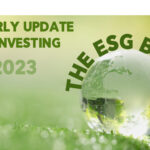
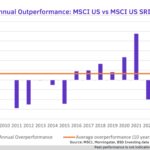
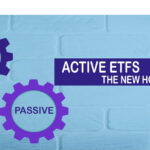



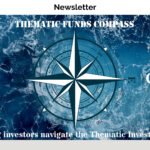
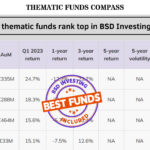
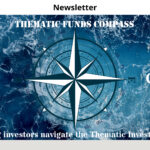
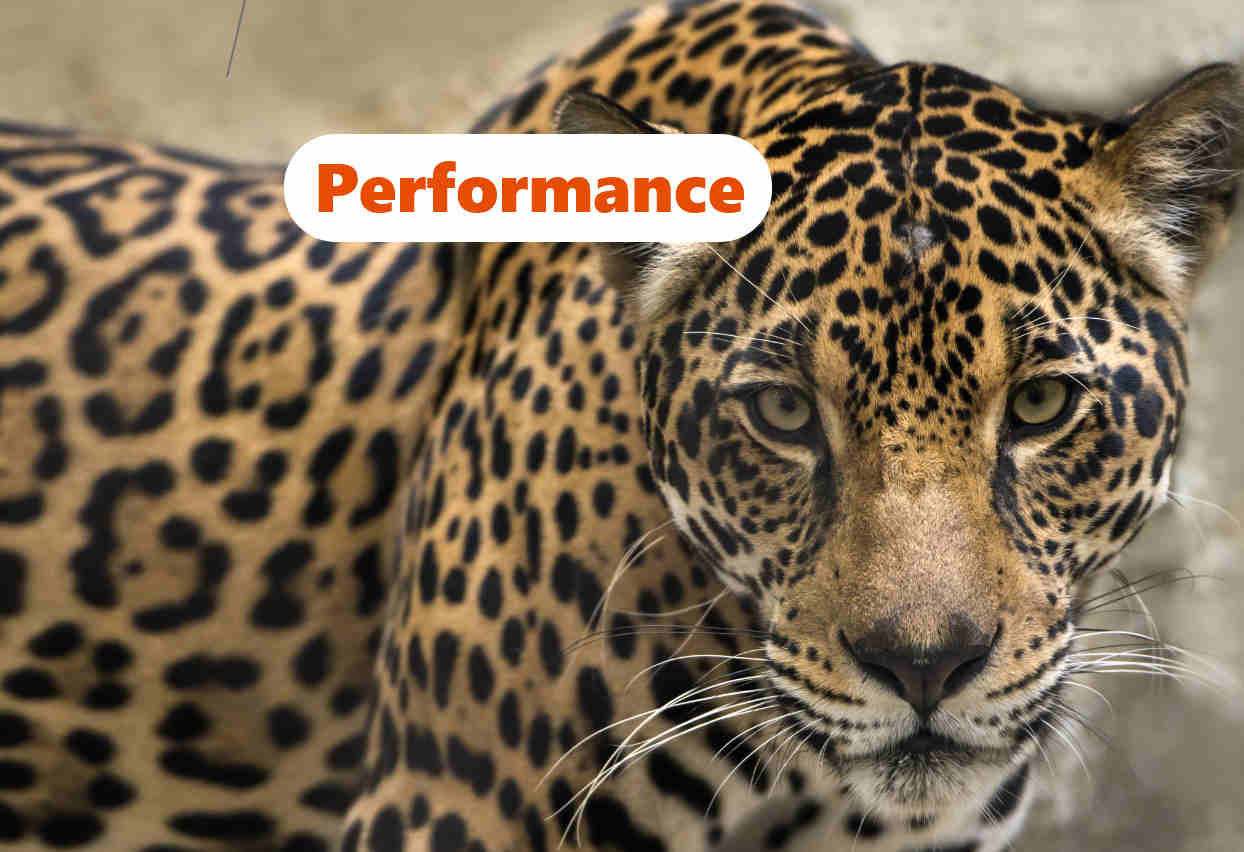
Leave a Reply
You must be logged in to post a comment.